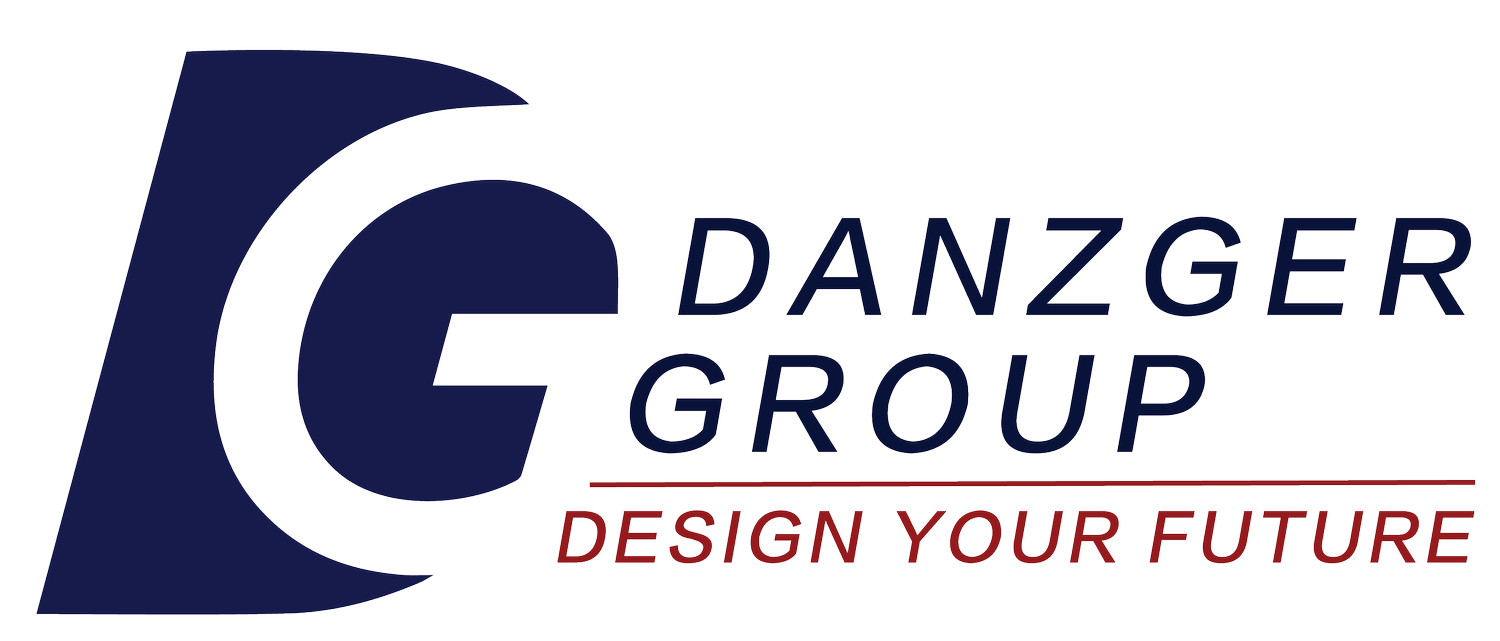Fix These Seven Resume Blunders
Three Minute Read
If this was forwarded to you, you can get more career tips like this sent straight to your inbox every Tuesday.
Your resume doesn’t get you the job, but it is an integral part of your search and serves as the foundation of your LinkedIn profile, the first place hiring managers and recruiters go to review your background.
It's critical to avoid the common resume blunders I’ve seen many jobseekers make (and helped them fix!)
Here are seven things you need to do:
Highlight your impact. The top mistake people make on their resume is listing roles and responsibilities instead of achievements and contributions. You need to demonstrate your impact on your employer and its clients. When writing bullet points about your experiences, follow the format of <result> through <method>, instead of just citing the method or presenting these in reverse order. For example, instead of writing “Wrote and published social media content campaigns.”, say “Increased prospect and customer engagement by developing and posting topical content on major social channels.” Lead with outcomes.
Take appropriate credit for your accomplishments. Many people think they must have single-handedly done something to take credit for it. Don’t be reluctant to cite accomplishments to which you contributed substantially as part of a team. If you’ve done it, it’s not bragging. Employers want to see what you're capable of and expect that you’ve worked collaboratively.
Quantify your contributions. Use numbers and percentage changes/growth rates to back up your contributions. People latch onto statistics, and they lend credibility to your achievements.
Keep the format traditional. It's important to keep the design of your resume traditional and avoid columns, graphics, and photos. While making your resume stand out visually is tempting, readers are accustomed to a conventional format. A graphically-challenging format takes too much work to absorb. Applicant tracking systems (ATS) may also choke on unusual designs.
Skip the summary section. People devote only seven seconds to reading a resume since everyone's short on time. Summaries are usually filled with generalizations like "great communicator" and "team player," things that anyone might say they are. People are most interested in your work history and education. Those sections, when well-written, highlight who you are and what you can do.
Ensure your resume is free of errors. Typos and grammatical errors heavily detract from your candidacy. Use a free tool like Grammarly to go beyond what Microsoft Word's own review does. Consider using ChatGPT to improve your writing, but make sure what you use doesn't sound generic.
Customize your LinkedIn URL and include it in your resume. LinkedIn allows you to customize the URL that points to your profile, replacing the longer, random string of characters LinkedIn assigns to you when you sign up. Customizing your LinkedIn URL makes it easier for potential employers to find you, especially if you have a common name.
Your resume, and your LinkedIn profile based on it, are opportunities to make a strong early impression. By avoiding these seven blunders, you'll increase your chances of getting noticed and landing the job you want. Good luck!
Do you or someone you know need help determining what kinds of roles and companies would be great work situations? Conducting an effective job search without endlessly applying online? I coach and advise people 1:1 and in hybrid 1:1/small group settings. Learn more about my career coaching and sign up for a free 30-minute Career Solutions Call.

